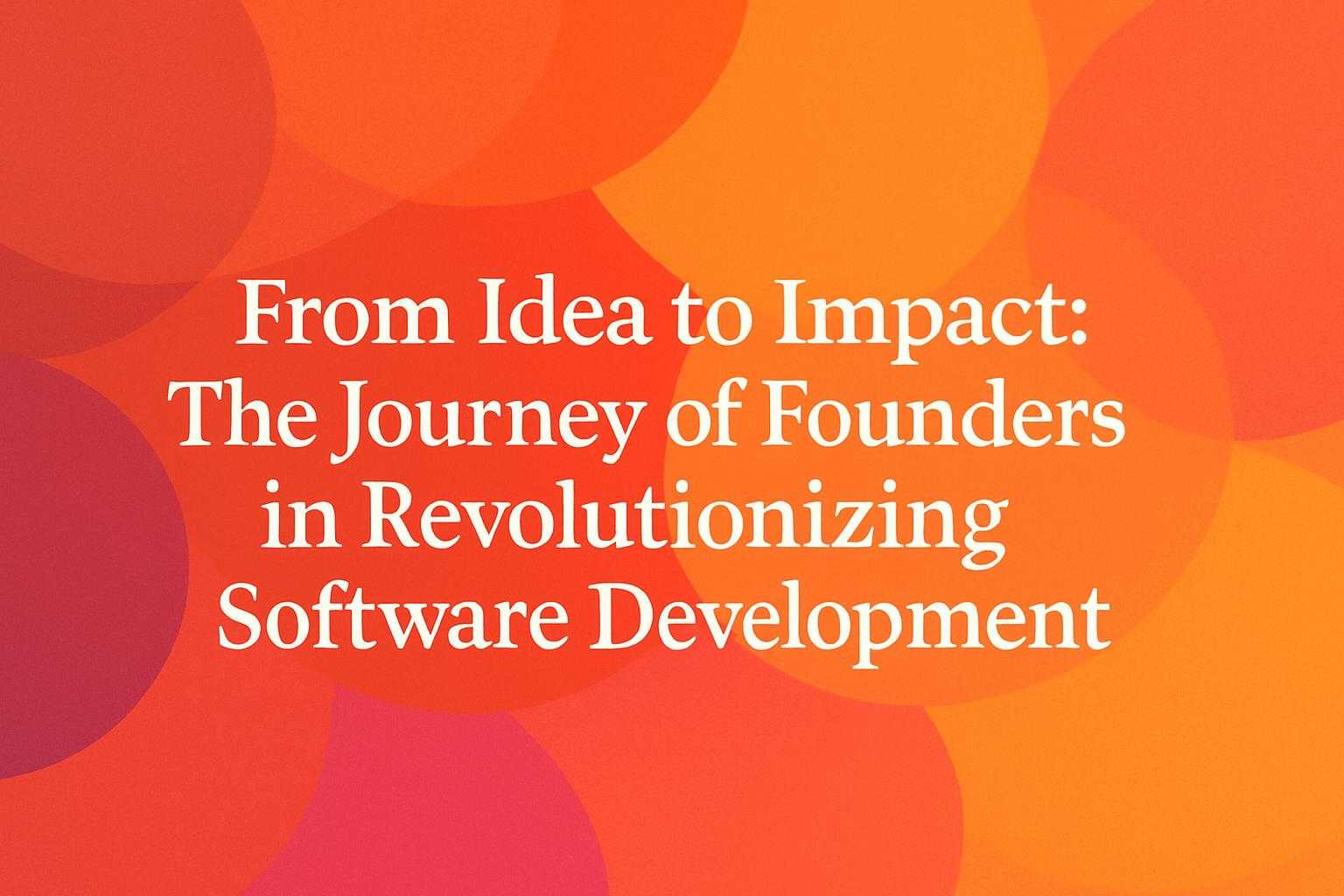Lovable: From Idea to Impact: The Journey of Founders in Revolutionizing Software Development

Company profile
Company business details
Motivation to build the product
The founders were motivated by the observation that most people, including their friends and family, struggled to turn ideas into software due to the bottleneck of finding skilled engineers. Anton Osika, the CEO, wanted to enable the 99% of people who can't code to bring their ideas to life. His experience building the open-source GPT Engineer tool and seeing the potential of large language models to generate code inspired him to create a product for non-technical users. The mission is to unlock entrepreneurship and innovation by removing technical barriers to software creation.Problem that their product solves
Lovable solves the problem of software creation being inaccessible to the vast majority of people who cannot code. The end users are non-technical founders, entrepreneurs, designers, product managers, and anyone with an idea but lacking engineering skills. By enabling these users to build, iterate, and launch real products quickly and affordably, Lovable addresses a critical bottleneck in innovation and entrepreneurship, making it possible for more people to create and validate new products.How they developed a primary version
The initial version was based on Anton Osika's open-source project GPT Engineer, which he built himself to demonstrate the power of LLMs in generating code from prompts. The team iterated on this, launching a waitlist and gathering user feedback before releasing the first version of Lovable. They focused on improving the AI's reliability and user experience, and launched publicly in November 2023. The company started with a small team (15 people at launch) and grew rapidly, reaching $1M ARR in two weeks and $10M ARR in two months. Specific time and money spent are not detailed.Their unfair advantage
Lovable's unfair advantage lies in its unique ability to reliably generate, iterate, and edit full-stack applications from natural language, with a seamless visual editor and deep integration with tools like GitHub. The team has painstakingly identified and solved the bottlenecks where AI typically gets stuck, making the product more reliable than competitors. Their focus on non-technical users, rapid iteration, and building in public has driven explosive organic growth.Strategies
Pre-Launch (Product Development & MVP)
Building a Waitlist or Early Access Program
Creating anticipation by allowing potential customers to sign up for early access or join a waitlist before the official launch. This helps validate demand, collect leads, and build a community of engaged early adopters.
Iterative Development with Waitlist and User Feedback
Before the public launch, Lovable operated with a waitlist, using early access to gather feedback and rapidly iterate on the product. This ensured that the product was refined based on real user needs before opening up to a broader audience.
Waitlist Building
Lovable generated excitement and anticipation by creating a waitlist for their product, which grew to over 27,000 people. This strategy helped them gauge demand, build a community of interested users, and create a sense of exclusivity around the product prior to public launch.
Influencer and Investor Endorsements
Lovable highlighted backing from well-known investors and operators (e.g., DeepMind Angel Operators, Shopify’s Siavash Ghorbani). This endorsement provided social proof, increased trust, and attracted attention from both users and additional investors. Shopify
Beta Launch to Early Adopters
Lovable launched a beta version of their product, 'GPT engineer', to a select group of users. This allowed them to gather feedback, validate the product's usefulness, and build an initial user base. The strong positive response led to early conversions to paying customers, demonstrating product-market fit before a full public launch.


